Why We Visit Tibet in Autumn
Autumn in Tibet is one of the most beautiful times of year, not to mention one of the best times to visit the plateau. The rains of the summer months have long departed, the skies are clear and bright, and the weather is still relatively warm, which makes it an ideal time for photography on the plateau. What’s more, the forests of the plateau are changing throughout the autumn season, as the leaves on the trees change to stunning reds, browns, and golds, before foaling to the ground to cover the forest floors in a multi-colored carpet. Autumn in Tibet is also an amazing time of year to visit the lakes and mountains of the region, with amazing views and outstanding experiences to be had.
Best Tibet Autumn Photography Tour Packages
If you are a fan of photography, then the Tibetan plateau in the autumn season is one of the most amazing places to be. Opportunities for some of the world’s most stunning shots lie all around you on the plateau, from the beauty of the sacred lakes and the stunning snow-capped mountains to the colorful autumn foliage, the wide variety of wildlife, and even the best shots of the starry skies at night.
For Fabulous Holy Lake Close-up, 6-day Lhasa Namtso Lake Photography Tour
For those that want to get photos of one of the Great Three Sacred lakes of Tibet, there is nowhere better than the beautiful Lake Namtso, known in Tibet as the Heavenly Lake. Located to the north of Lhasa in Damxung County, on the boundary with Nagqu Prefecture, Lake Namtso is the highest saline lake on the plateau, and the largest lake in Tibet.
The beauty of the lake is unbeatable, and with the clear skies above and the reflections of the surrounding snow-covered mountains, there are few spots in the world where the transcendent beauty of Tibet is mirrored better. Our amazing 6-day Lhasa Namtso Lake Photography tour gives you the opportunity to travel to the lake for a whole day of photography, as well as giving you a chance to get some great photos in the Tibetan capital and at the famous Yangpachen Hot Springs on the way back from the lake.
For World Summit and Starry Night Shooting, 8-day Lhasa to Everest Base Camp Photography Tour
Tibet is well known as the Roof of the World, and this is not an exaggeration. The summit of Mount Everest, the highest point on the planet, lies in western Tibet, in Shigatse Prefecture, on the border with Nepal. The base camp of Mount Everest in Tibet is the world’s best place to get a great photo of the peak of this massive mountain, and our 8 Days Lhasa to Everest Base Camp Small Group tour is the ideal itinerary for this chance to shoot Mount Everest.
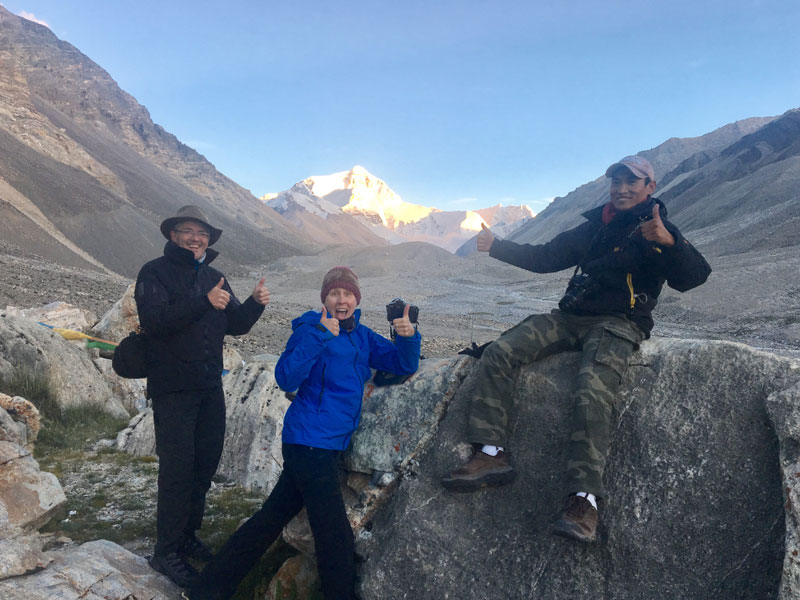
A tour to Everest Base Camp offers you a great chance to shoot the awe-inspiring Mt.Everest in autumn.
While you are out in the far western reaches of Tibet, this is a great chance to get some amazing shots of the night sky above the plateau. The area near EBC has almost no light pollution from towns and cities, which gives you the perfect view of the myriads of billions of stars up in the sky at night. And with the thinner atmosphere on the plateau reducing the diffraction of light from the stars, your photos will be ten times clearer than those taken at sea level.
For Golden Yellow Leaves Capture, 10-day Lhasa to Nyingchi Photography Tour
Nyingchi Prefecture, in the southeast of Tibet, is renowned as the Swiss Alps of Tibet, and is a region of intense and immense forests of evergreen and deciduous trees that stretches from the outskirts of Lhasa all the way down to Sichuan Province. This massive alpine landscape is the perfect location to get those colorful autumn shots as the leaves on the trees to change color. From Ranwu Lake and Bomi County to the amazing Lulang Forest and the beauty of the Yarlung Tsangpo Grand Canyon at the bend around the famous Mount Namche Barwa, there is nowhere in Tibet better for the colorful and spectacular photos of autumn in full fling. – Check the 10-day Lhasa to Nyingchi Photography tour
For Wildlife Safari Snapshot, 15-day Lhasa Kailash Manasarovar Photography Tour
Tibet has a wealth of wildlife spread across the vast plateau, and there are some great areas of Ngari Prefecture where you can find some of the rarest and endangered species of wild birds and animals in Tibet. While you will possibly see many antelopes, yaks, and kiang from the train on the way to Lhasa, taking on our 15 Days Kailash and Manasarovar Small Group tour gives you the chance to travel through the northwestern areas of Tibet, where many of the shy and rare creatures of Tibet reside. Passing through some of the most remote areas of northwestern Tibet, as well as stopping in the desolate region of Ngari in which the sacred Mount Kailash resides, you have a chance of spotting wild yaks, kiang, wild Tibetan antelopes, snow leopards and clouded leopards, and many other native species on the plateau.
Tibet Weather in Autumn
As the summer ends and the autumn season starts, the rains dissipate across the region, and the landscape dries up as it makes ready for another coming winter. The autumn season in Tibet runs from around mid-September to the end of November, and is probably the best time of year to visit Tibet. The weather is generally warm, after the heat of summer, and the land is drying up fast, with clear bright skies and comfortable temperatures. Autumn is also the time when the leaves turn red and gold and fall to the ground, covering the areas of forests with a colorful blanket of leaves.
Tibet Weather in September 2019
September sees the end of the monsoon season in Tibet, and with the end of the intense rains, the landscape is green and lush, with verdant colors and brighter skies. Days once again become sunny and bright, and the clouds clear from the skies around the summits of the higher mountains. Temperatures are cooler than the summer months, with average highs reaching up to around 21 degrees, and average lows of only around seven degrees. Areas around Mount Everest and Mount Kailash can drop down to around freezing at night, but most of the plateau is still well above.
Tibet Weather in October 2019
October sees the start of the color changes in the trees, and as the leaves change from green to yellow, then red, and finally brown, the temperatures drop slightly, with daytime highs only reaching around 17 degrees at most. Nights can get colder in the higher altitude areas around the popular mountains, dropping to around -7°C to -8°C, though most areas can still see temperatures of around 1°C – 2°C at night. However, days are still clear and bright, despite the need for warmer sweaters.
Tibet Weather in November 2019
By November, the trees are almost bare of leaves, and the best skeletal photo opportunities are here. The beginning of the colder months of the year, temperatures in November normally range around 12°C to 15°C during the day, dropping to an average of around -3°C at night. However, this colder weather means fewer tourists, so a better time to tour the plateau region. With virtually no rain and clear bright sunny days, you are still going to need thick warm sweaters and jackets, as well as hats and gloves, and in the areas of Everest and Kailash, you can expect temperatures to drop to around -13°C at night.
What to Pack for Touring Tibet in Autumn
Autumn is actually a time of year where the temperatures can vary hugely from start to finish of the season. While the start of autumn in September can be quite warm, it can also be pretty wet still, so waterproofs are a good packing item, as are good hiking boots and a wide hat. As it gets colder, you will find the need for more warm clothing, especially once you get into November, so prepare to pack thick sweaters and jackets for the evenings, layers of warm tops, thermal underwear, gloves, hat, and scarf. Sunglasses are essential to keep the bright sun from hurting your eyes, and you will find that you may need to bring moisturizers, lip balm, and even sunblock.
Permits for Autumn Tibet Photography Tour
As with any tour of Tibet, the permits you need do depend on where you are traveling on the plateau. First and foremost, you need to have a Chinese Entry Visa in order to book the tour, and once booked, we will provide the relevant permits for your trip. The permits you need for a trip to Tibet include:
Tibet Travel Permit – This is required for entry to Tibet and to travel around in the area of Lhasa.
Alien’s Travel Permit – Required for travel to the “unopened” areas of Tibet outside Lhasa, including Shigatse.
Restricted Areas Permit – This is often called the “Military Permit”, and is required for travel to military-sensitive areas such as Ngari, Nyingchi, etc.
Frontier Pass – While most tours will not actually cross the border out of China, the Frontier Pass is required for all tourists traveling in the areas of the Chinese border with India, Nepal, and Bhutan, which includes Mount Everest and Mount Kailash.
Everest National Park Pass – Obtained prior to leaving Shigatse for EBC, the pass is checked before you can enter the Chomolungma National Nature Reserve area around Mount Everest.
Conclusion
Taking a tour of Tibet in the autumn months from September to November is one of the best times to travel to the plateau, as the weather is pleasant, the skies are clear and bright, and the scenery is constantly changing as the high plateau moves towards the cold and snowy winter. Autumn is also a great time to travel for fewer tourists, which allows for better photography opportunities in the places which would normally be packed with foreign and Chinese travelers.
.jpg)






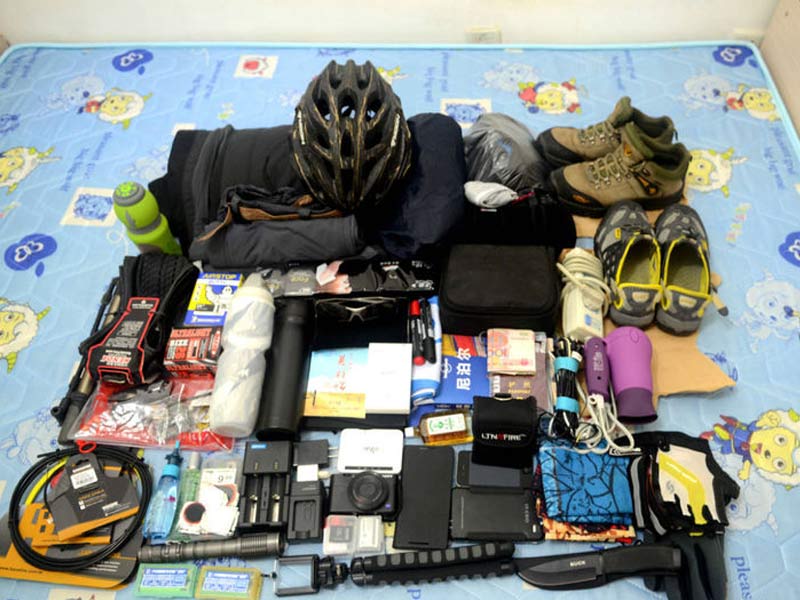




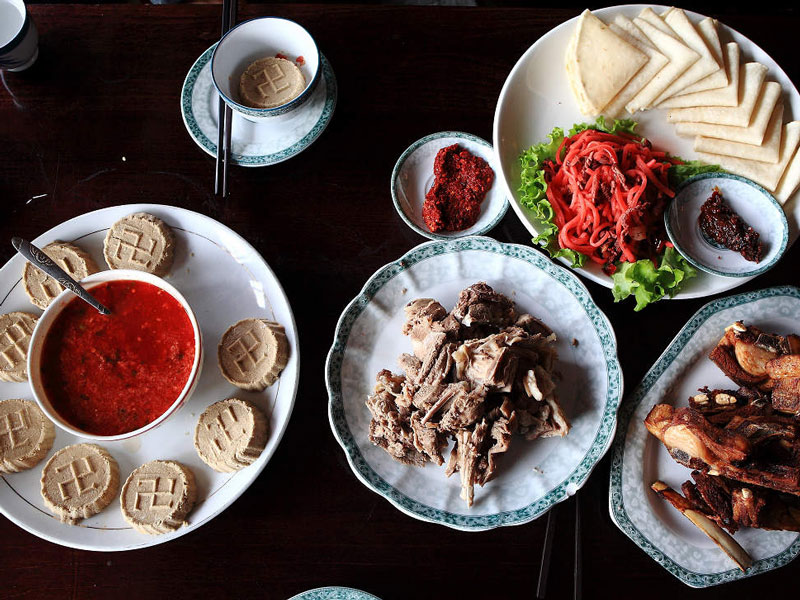
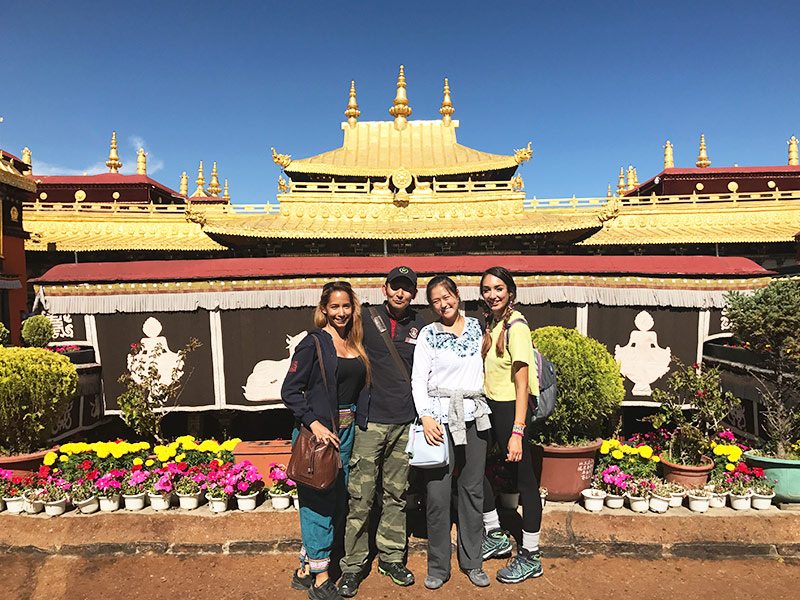
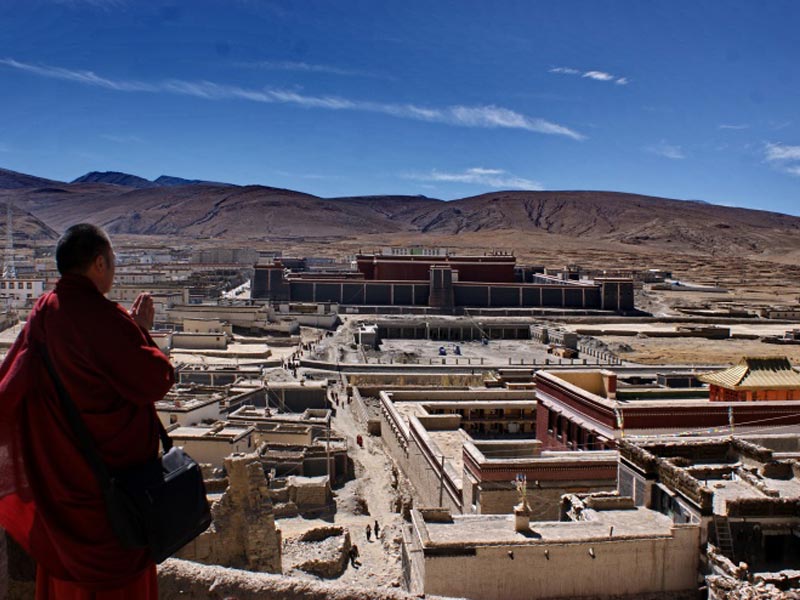

0 Comment ON "Autumn in Tibet: top 4 Tibet photography tour packages in autumn"